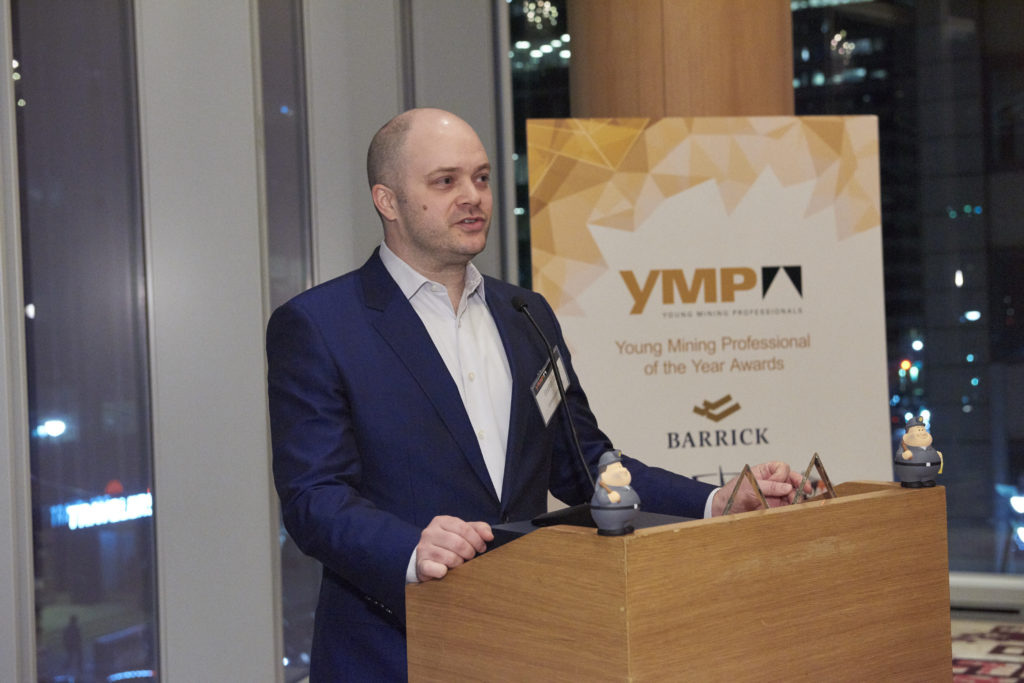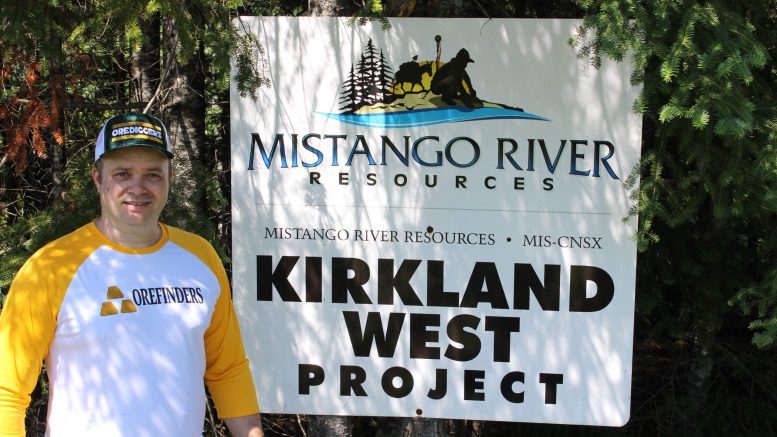A decade ago, Stephen Stewart launched Ore Group with a clear strategy: capitalize on distressed assets from the global financial crisis and develop them into high-potential projects. His approach has yielded successes but not without typical mining industry challenges.
Stewart’s strategy hinges on understanding the industry’s ebb and flow. By acquiring assets during market lows and developing them as prices recover, he’s positioned Ore Group – a privately held holding company of seven public companies – to capitalize on the inevitable upswings.
“This is a cyclical industry, so you have to play the cycle,” he told The Northern Miner in an interview from Toronto where he’s based. “When gold’s down at US$1,000, buy.”
A prime example of Stewart’s strategy in action is the Knight gold project in Ontario’s historical Kirkland Lake district. Acquired during the Great Financial Crisis of 2008, the previous owner, struggling financially, sold the property at a heavily reduced price in a receivership deal. Although the exact purchase price remains undisclosed, Ore Group acquired the asset for a fraction of its potential value. After the acquisition, Stewart invested in exploration and development.
Orecap Invest Corp. (TSX.V: OCI; US-OTC: ORFDF), an Ore Group subsidiary, took full control of the Knight project after an exploration and option agreement with Agnico Eagle Mines (TSX: AEM; NYSE: AEM) was terminated in January. Agnico Eagle had inherited this project following its merger with Kirkland Lake Gold but did not meet the threshold required to earn an interest, allowing Orecap to regain full ownership.
Knight features several zones of interest, including the former Tyranite mine, which has existing infrastructure such as a headframe and hoist. The Minto zone has also shown high-grade drill intercepts, including 18.2 grams gold per tonne over 65.7 metres.
Today, the Knight project typifies Stewart’s ability to transform undervalued assets into high-potential projects. However, it also underscores the inherent uncertainty in mining, as the project has yet to reach production 15 years later and still faces the same risks that have undone many promising ventures.
Stewart’s approach isn’t just about acquiring distressed assets; it’s also about carefully timing the market. For example, QC Copper & Gold (TSXV: OCI; US-OTC: ORFDF), which Stewart spun out of Orecap, has seen significant value appreciation.
By acquiring and exploring the Opemiska Copper Complex in Quebec’s Chapais-Chibougamau District in 2018, Stewart turned what was initially an underexplored project into one with considerable potential. The company raised millions in subsequent financing rounds, and the project’s estimated resource has grown to be Canada’s highest-grade open-pittable copper deposit at 87.3 million tonnes grading 0.77% copper for 1.5 billion lb. of metal in the measured and indicated categories.
“We’re convinced that Opemiska could be a mine with 100 million tonnes at 1% copper,” Stewart said. “And it’s going to get bigger.”
Yet, while impressive, the success of Opemiska is still contingent on the volatile copper market, where the price has fallen 16% to US$4.11 per lb. from its US$4.93 high in May, and the ability to navigate ongoing operational challenges.
Challenges and setbacks
Not every venture has been an unqualified success. American Eagle Gold (TSX: AE; US-OTC: AMEGF) initial exploration in Nevada didn’t yield the results Stewart had hoped for, leading to a pivot towards British Columbia and the NAK copper-gold porphyry property where its drills have been hitting good grades.
NAK shows strong promise, with a 15,000-metre drilling program active till November revealing consistent mineralization across many holes, hinting at a large, continuous mineralized zone. Just last month, the company announced a discovery of copper-bearing outcrop porphyry in the central part of the IP Embayment Zone, a previously undrilled and highly prospective area.
On Aug. 20, the company reported encouraging assay results, including 175 metres of 1 gram gold per tonne within a 276-metre envelope grading 0.83 gram gold, expanding NAK’s high-grade gold zone.
Stewart’s ability to adapt demonstrates his resilience in the face of setbacks, though it also highlights the high-stakes nature of his strategy.
The CEO has also engaged in proxy battles, such as in 2019 with Mustang Minerals, where he and his team had to wrest control from entrenched management they said were not acting in shareholders’ best interests. These battles are often gruelling and can strain resources and relationships.
Company maker
With projects like Awalé Resources (TSXV: ARIC) Odienné property in Côte d’Ivoire, Ore Group’s influence continues to grow. Stewart has high hopes for Awalé, believing it could become a flagship asset.
The exploration team plans to drill an additional 25,000 meters this year to expand the Charger, BBM, and Sceptre discoveries and to scout prospective pipeline targets. Awalé sees Odienné being developed into a world-class mine camp.

Stewart addresses the Young Mining Professionals’ annual awards celebration. Credit: Stephen Stewart
The project benefits from an earn-in agreement allowing Newmont (NYSE: NEM, TSE: NGT) to acquire a minimum of 65% interest by funding US$15 million in exploration. The broader Odienné copper-gold project remains largely underexplored with significant growth and discovery potential.
Beyond his business ventures, Stewart is deeply invested in nurturing the next generation of mining professionals. In 2017, he co-founded the Young Mining Professionals Scholarship Fund with Anthony Moreau, CEO of American Eagle Gold.
The fund has awarded about $250,000 annually, addressing the industry’s looming talent gap and reflecting Stewart’s belief in giving back to the community as his legacy. The scholarship echoes his credo of “perseverance and strategic foresight” that underpins Ore Group.
“We’re owners, and we treat everything, even if it’s a public company, like it’s our own money,” he said.
Stewart’s approach is not just about business; it’s personal. His father, Alexander Stewart, a corporate securities lawyer, and Charles Beaudry, a seasoned geologist, were instrumental in shaping his career. Together, they laid the foundation for what would eventually become the Toronto-based Ore Group, combining legal, technical, and capital markets skills.
“Between the three of us, we could assess projects, take them public, and navigate the securities law,” Stewart recalled.
Stewart demonstrates personal commitment to his projects, which he says helps align his interests with those of the shareholders, reinforcing his long-term vision for success.
“I’ve never sold a single share of any company I’ve been involved with,” he said.
His ultimate goal is to see the projects he helped discover and develop produce their metals, fulfilling a deep-seated ambition to make a tangible impact in the mining world.
“I want to put every one of our projects into production and put metal into the system,” Stewart said.” That’ll make me happy one day on my deathbed.”


Be the first to comment on "People in Mining: Stephen Stewart’s tactical moves lift Ore Group on several fronts"